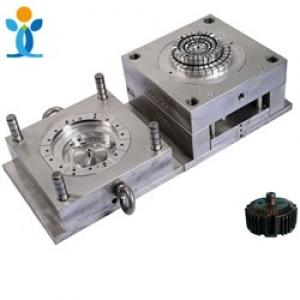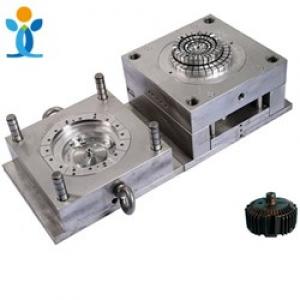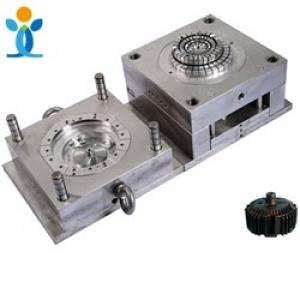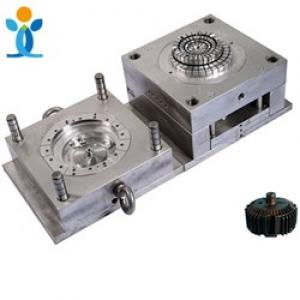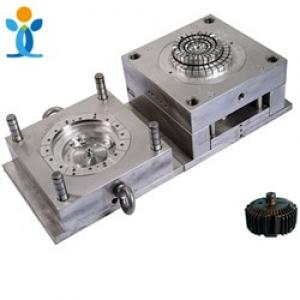Plastic internal stress
HOW TO INSPECT PLASTIC INTERNAL STRESS
Plastic internal stress refers to an internal stress caused by the orientation of macromolecular chains and cooling shrinkage in the process of plastic melting. When the force and mutual entanglement force between macromolecular chains cannot bear this kinetic energy, the internal stress balance will be destroyed, and plastic products will produce stress cracking and warping deformation.
Solvent method
1. Acetic acid immersion
The acetic acid (CH3COOH) used must be more than 95% acetic acid, and the repeated use times shall not exceed 10 tests.
picture
① Surface stress test: pour acetic acid (glacial acetic acid) into glassware and completely immerse the product in acetic acid for 30 seconds. After 30 seconds, take out the sample with a clip and immediately wash it with clean water (tap water) to see if the sample surface is white and cracked. Conclusion: there shall be no cracking and a slight whitening of the surface is allowed.
② Internal stress test: wipe the sample passing the surface stress test and completely immerse it in acetic acid for 2 minutes. After 2 minutes, take out the sample and immediately rinse it with clean water (tap water) to inspect whether the sample is white and cracked. Judgment: there shall be no fracture, slight crack and surface whitening at the allowable insert.
2. Methyl ethyl ketone + acetone immersion method
Completely immerse the whole machine into the mixed solution of 1:1 methyl ethyl ketone + acetone at 21 ℃, take it out and dry it immediately, and review it according to the above method.
picture
Principle: according to the phenomenon of medium stress cracking, that is, after the dissolved molecules penetrate into the macromolecules of the resin, the mutual force between the molecules is reduced. Where the internal stress is large, the force between molecules before immersion is weakened. After immersion, these weakened places are further weakened, resulting in cracking. Where the internal stress is small, it will not crack in a short time. Therefore, the magnitude and position of the internal stress of the plated part can be determined from the time and degree of surface cracking of the plated part. So as to determine whether the plastic parts are electroplated.
Instrumental method
Shine polarized light on plastic parts, depending on the number of color light bands, and analyze the strength of internal stress. It is only applicable to transparent parts. The instruments required by polarized light method are expensive, complex and inaccurate, because the changes before and after processing are not significant, and the light bands emerging on the spectral band are not necessarily affected by internal stress, such as the ripples on the surface of the workpiece will also affect the inspection results. However, this method has no effect on the function of the parts. For nondestructive testing, the inspected parts can inherit electroplating and use.
Temperature sudden change method
This method is to repeatedly cool and heat the plastic parts to be plated, and evaluate the internal stress according to the time of crack appearance. It is applicable to all kinds of plastic forming parts. The equipment required for the temperature sudden change method is simple, but the test time is long. The repaired plastic parts have been damaged and can not be used continuously.
